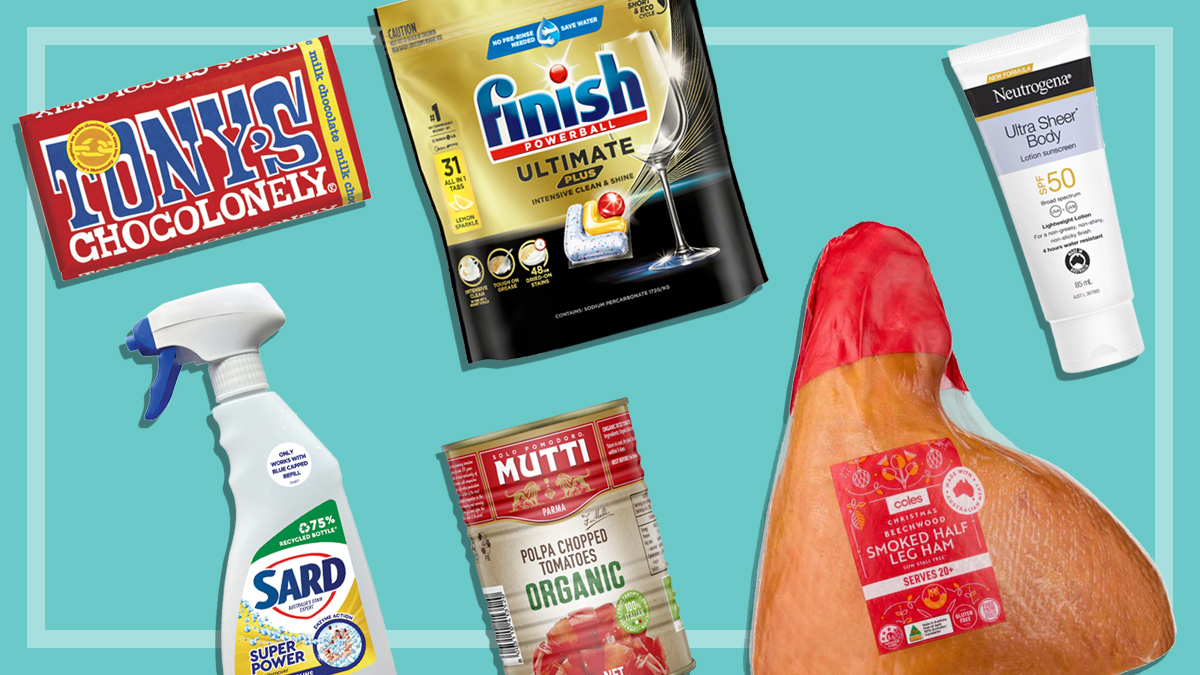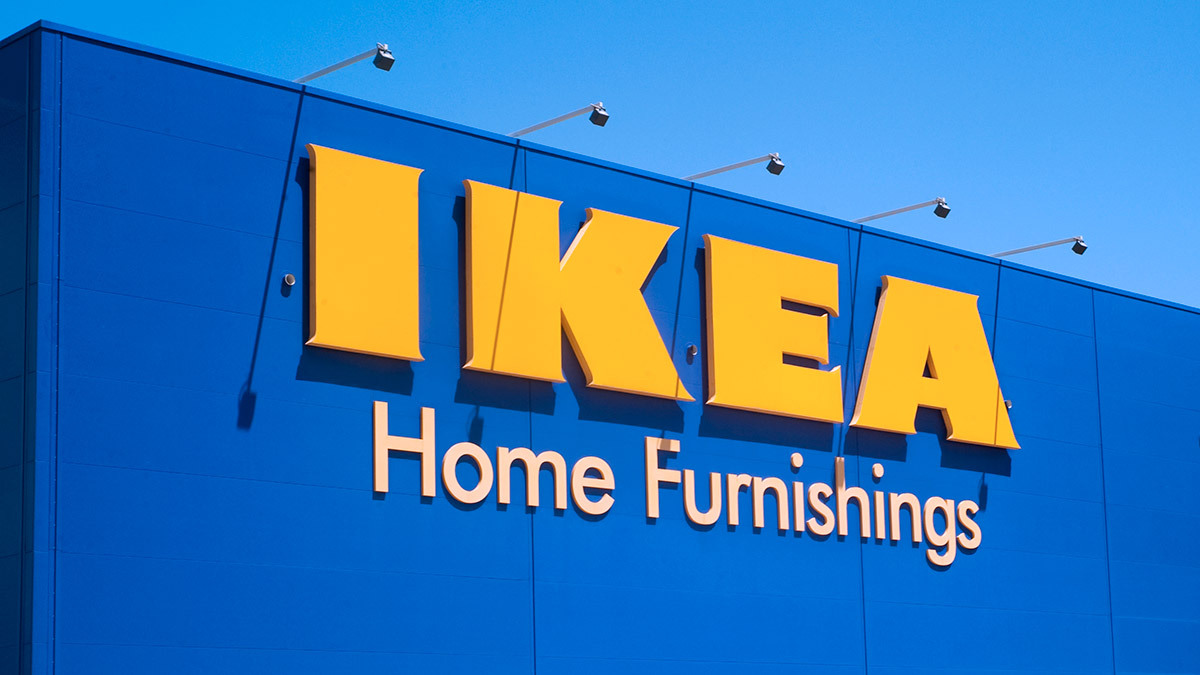Get our independent lab tests, expert reviews and honest advice.
Smart grocery swaps to save you money
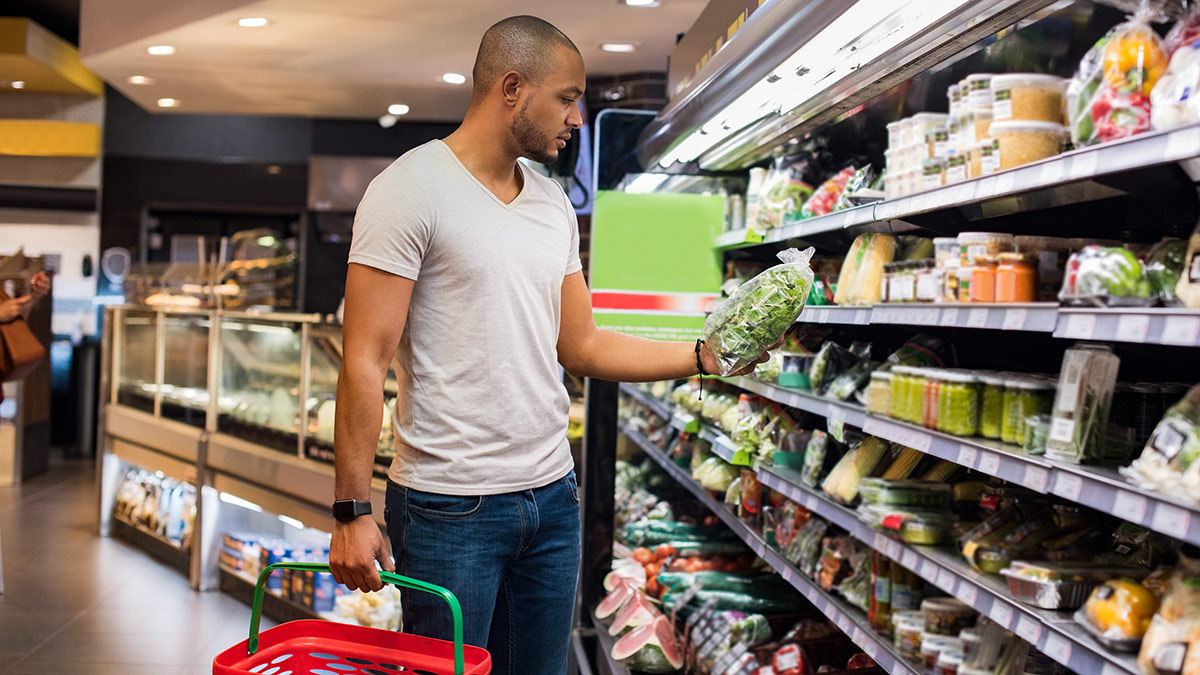
The rising cost of food and groceries continues to be a source of stress for many Australians. In March 2024, our Consumer Pulse survey found that the cost of food and groceries was a concern for 87% of Australian households, and we’ve seen similar levels of concern since March 2022.
In January 2024, the Australian Bureau of Statistics published the Australian Dietary Guidelines Price Indexes, which showed relative price changes in different food groups. They found that while prices peaked in December 2022 when the average shopping basket cost 9.2% more than in 2021, we’re still paying significantly more than we were before the pandemic.
While we can cut back on things like eating out and takeaway meals to save a little extra cash, it’s more important than ever that you get the maximum value out of your grocery shop and make your dollars go as far as possible.
The good news is that a few simple swaps to your regular routine could save you hundreds, or even thousands, of dollars on your grocery bills. Here are our tips for simple budget-savvy swaps you might like to try.
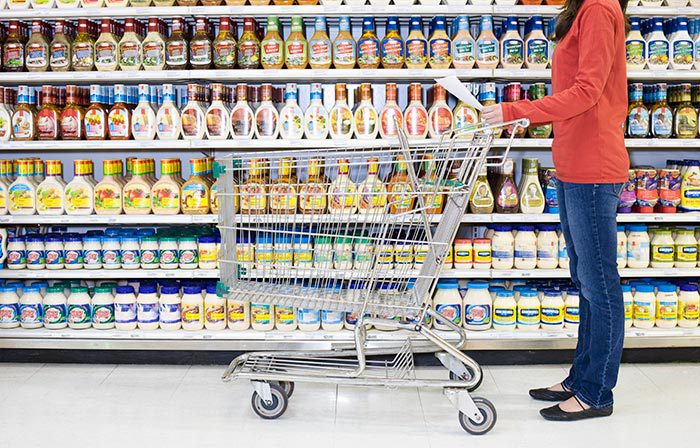
1. Watch out for over-priced pre-packaged produce
Pre-prepared and pre-portioned foods
Pre-cut or pre-prepared fruits and vegetables – such as bagged salad mixes, pots of cut melon or bags of julienned carrot – are undoubtedly convenient options for when you’re time-poor or on the go, or if you have physical difficulties.
But you almost always pay a premium for these convenience products, including things such as packaged cheese slices and ham as opposed to buying loose from the deli. Not to mention the extra plastic packaging you’ll need to dispose of.
Pre-chopped food also tends to spoil faster, so it’s more likely to go to waste, which will also hit your hip pocket.
If you do want prepared fruit and vegetables, we reveal which pre-cut vegies offer the best value.
Loose vs packaged: Check the unit pricing
We compared the supermarket unit prices of loose versus pre-packed formats to see which was cheaper. We found that if you swap packaged produce for loose produce, you could save up to $1900 per year. That’s a lot of carrots!
Bananas, green beans, Jarlsberg cheese slices, chillies, ham, mushrooms, salmon fillets, tomatoes and seafood marinara mix were all cheaper in their loose format at both Coles and Woolworths.
Onions and potatoes were cheaper to buy packaged when we checked.
2. Swap ready-made salad dressings for DIY
Sure, it’s handy to have a ready-to-go dressing waiting in the fridge door. But store-bought dressings can cost anywhere from 60c per 100ml up to around $3 per 100ml.
It may be more economical to make your own as needed, based on whatever ingredients you have in the cupboard.
Try mixing 3 tbsp olive oil or any neutral-flavoured oil, 1 tbsp of any vinegar or lemon juice, some salt and pepper and a little mustard or other flavourings such as chopped up herbs, honey, garlic or sugar.
DIY dressings will be free of the preservatives you often find in ready-made dressings, you can still make them ahead of time as they keep well in the fridge, and it’s one less thing you have to add to your shopping list. Plus, no packaging to dispose of!
3. Swap your favourite brand for a cheaper alternative
If you regularly buy the same branded product, perhaps it’s time for a cheap change.
We regularly compare a wide range of premium household products with their cheaper counterparts to determine which come out on top for taste and value.
Coles and Woolworths stock multiple tiers of house brands (also known as private labels or own brands), while Aldi has famously built its whole business around them.
Not only are house brands usually cheaper, they’ve also improved in quality – dramatically.
Our food taste tests reveal these once bottom-shelf brands often score very well and sometimes even win our taste tests, outshining more premium products for a fraction of the price. See which house brands and products come out on top.
4. Swap standard produce for ‘ugly’ fruit and veg
Until recently a quarter of all fruit and vegetables grown by our farmers never made it into stores, simply because they were a bit misshapen. The good news is that at most major supermarkets you can now buy this imperfect produce for as much as 53% less than the full-priced varieties.
At Harris Farm, this range of produce is called ‘Imperfect Picks’, Woolworths call it ‘The Odd Bunch’, and at Coles, look for the ‘I’m Perfect’ range.
If you look past a few little bumps or knobbly bits, you can make significant savings, and does it really matter what your avocados look like if you’re only going to mash them up and turn them into guacamole?
We found some products in the imperfect range were more expensive than similar products in the regular range
Be wary, though. When we spot checked prices of fruit and veg at Coles in early May, we found some products in their ‘I’m Perfect’ range were more expensive than similar products in the regular range. Yet another reason to pay attention to the unit price.
A downside of buying produce this way is that it’s often bagged in plastic, which may be a drawback if you’re trying to reduce your waste.
It can also be hard to compare prices, if, for example, the imperfect range is sold per kilo and the full-priced options are sold by individual unit, as was the case for avocados, limes and lemons when we did our spot check.
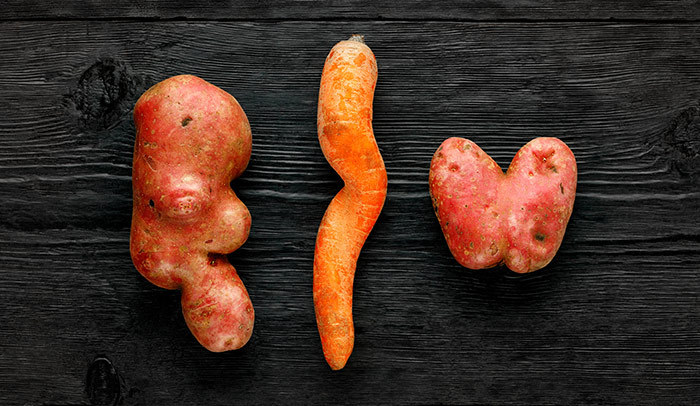
5. Swap chicken breasts for a whole chicken or drumsticks
It’s no secret that some cuts of meat are more expensive than others. Mixing up your recipe repertoire and opting for alternatives every now and again can mean significant savings.
You could experiment cooking with cheaper cuts of meat – osso buco, beef chuck steak, short ribs and lamb shanks, for example – that you can slow cook (see Best cuts of meat for slow cooking).
A recent cost comparison showed that drumsticks and whole chickens were around a third of the cost of chicken thigh and breast fillets
Boneless chicken breast and thigh fillets are among the most expensive cuts of chicken, so if they’re regular additions to your basket, try alternating with drumsticks or wings, or roast a whole chicken instead (which you can get further value from by using the carcass to make a stock).
Bulking out meals with more in-season veg or pulses and grains such as beans, rice and pasta will also make meals go further.
A recent cost comparison at a major supermarket showed that drumsticks and whole chickens were around a third of the cost of chicken thigh and breast fillets per kilogram.
6. Swap scarce fruit and veg for plentiful
Any time there are poor conditions such as heavy rainfall, unseasonal weather and supply issues you can expect to see problems with the availability of fresh produce, which will in turn affect the prices we see in the supermarket.
If you keep on top of what’s in season as well as what’s plentiful and available, you can stock up on the best value produce while it’s at a low price.
Any time there are poor conditions such as heavy rainfall, unseasonal weather and supply issues you can expect to see problems with the availability of fresh produce
Get intel from your local greengrocer or grower’s market, or check out supermarket websites for updates on produce availability, including which fruit and vegetables are currently at their best and likely to be good value.
Some fruits and vegies have small windows for when they’re abundantly available, and buying things when they’re out of season or suffering a shortage can get very expensive.
Remember that frozen or tinned versions of your favourite produce can be great-value alternatives to fresh produce, and are often just as nutritionally beneficial.
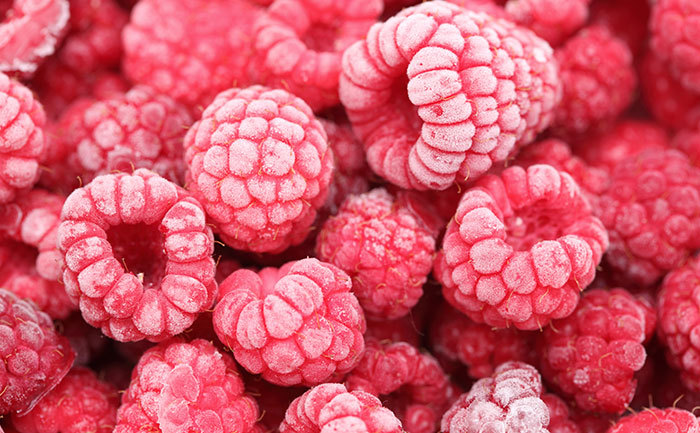
7. Shop somewhere new
Our most recent quarterly grocery basket survey found Aldi was the cheapest supermarket for a comparable basket of goods, with our research showing that you could save 25% on our basket of 14 regular household items.
Our results showed that there is not a huge price difference between Coles and Woolworths, but that’s not to say you can’t switch your shop between different supermarkets or shop your grocery list across multiple supermarkets to take advantage of specials on the products you regularly buy.
Switch your shop between different supermarkets or shop your grocery list across multiple supermarkets to take advantage of specials
You don’t only have to stick to the supermarkets, either. In 2023 we compared prices of selected items available at The Reject Shop to the same products from Aldi, Woolworths and Coles.
We found The Reject Shop was cheaper by unit price for some items, such as the brands of instant coffee, biscuits, deodorant, shampoo and conditioner, dishwashing liquid and dishwasher tablets we looked at. It also had the best deal on multipurpose cleaners and laundry powder.
To keep track of regular specials, download the supermarket shopping apps on your phone and have a browse before you decide where to shop that week. You can also browse weekly catalogues and sign up to emails to be notified of specials on your favourite products.
8. Swap small for big (check unit prices)
If you have the storage space, shopping by unit price at your supermarket and buying the larger products that often cost less per unit can save you hundreds or even thousands on your annual grocery bill.
For example, consider a 2kg packet of rice for $5.50, and a 1kg packet for $3.35. The first packet has a unit price of 28c per 100g, the second is 34c per 100g – so the product with the higher packet price is the better deal.
Fresh chillies can cost $95 per kg when bought in a 40g package, or $34 per kg when bought loose. And a national brand of cornflakes can cost $3.09 per 100g in a small multi pack, but just 83c per 100g in a large pack.
Remember, it’s only worth buying the bigger packet if you’re going to use it before its best-before date – otherwise it will just go to waste.
Find out more about how to shop using unit pricing.
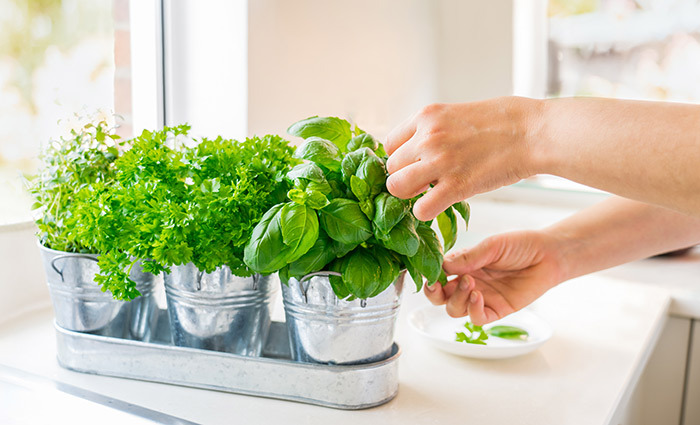
9. Swap fresh herbs for grown-at-home
A bunch of fresh parsley from major supermarkets costs around $3 or more – and who knows how long it’s been sitting on the shelf before you take it home, and therefore how long it will last in your fridge.
But the cost of snipping some fresh parsley or rosemary from a window box or out of the garden? Not a lot.
A packet of parsley seeds that can produce many times as much parsley as you’ll get in a single sleeve from the supermarket will cost far less, and you have the added fun of growing your own.
Plus there’s no waste and no plastic required!
10. Swap kids’ packaged snacks for homemade alternatives
If you have young kids or toddlers, chances are you’re always on the hunt for snack options for lunchboxes or afternoon munchies. Individually packaged snacks marketed at busy parents are not only often nutritionally poor options but they’re pricey, too.
While a 225g bag of Parker’s Baked Mini Pretzels will cost $1.78/100g, if you buy the exact same product in six pre-portioned packs, you’ll pay almost double ($3/100g). Mini packets of rice crackers will cost $3.80 for a pack of seven individual 13g serves ($3.02 per 100g), but a pack of regular rice crackers is as little as 90c for 100g. Plus, there’ll be less plastic waste.
Squeezy yoghurt pouches are a handy snack option for kids but can cost up to $3 each – a cheaper alternative is to buy large pots of natural yoghurt and blend with fruit or honey yourself (this option is additive-free and likely lower in sugar, too).
So instead of snacks in tiny packets, opt for larger packets and decant yourself: things like corn thins, dried fruit or sultanas can be taken from larger bags and turned into individual serves to suit the size of your little one.


